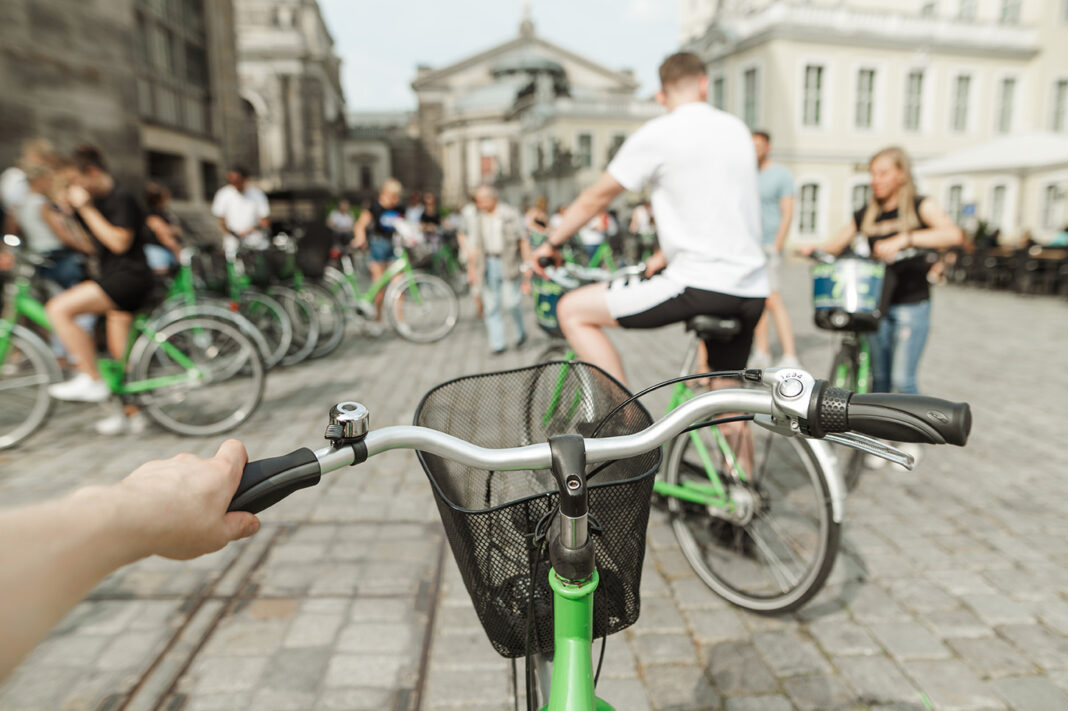Renting a bicycle while traveling offers a unique and eco-friendly way to explore new destinations. Whether you’re cruising through city streets, along coastlines, or through countryside landscapes, cycling provides a flexible and immersive experience. However, before you rent a bike, there are several important factors to consider to ensure a smooth and enjoyable ride. Here are the key things to keep in mind when renting a bicycle while traveling.
Research the Rental Shops
The first step to a successful bike rental experience is finding a reputable shop. Research available options in your destination, checking reviews and bike selections. Different shops may offer road bikes, mountain bikes, or electric bikes, depending on the terrain you’ll be riding on. Look for a shop that provides the type of bike you need and includes essential accessories like helmets, locks, and maps.
Inspect the Bicycle
Before finalizing your rental, inspect the bike for any wear or damage. Test the brakes to make sure they work properly, as reliable braking is essential for safe riding. Check the tires for proper inflation and inspect them for cracks or excessive wear. If the bike has multiple gears, ensure they shift smoothly. Adjust the seat height to match your comfort level, and check that the bike has lights and reflectors if you plan to ride at night.
Understand the Rental Terms and Insurance
Before signing any rental agreement, review the terms and conditions. Each rental shop may have different policies regarding rental periods, fees for late returns, or handling damage. Some shops offer hourly, daily, or weekly rates, so clarify the rental costs upfront to avoid any surprises later.
It’s also important to ask about insurance coverage. Some rental shops may provide basic coverage for theft or damage, but it’s essential to understand what is included. If insurance isn’t offered, check whether your travel insurance covers bike rentals. Knowing your liability in case of an accident or theft will give you peace of mind during your trip.
Learn the Local Cycling Laws
Each city or country may have different cycling laws, so take time to familiarize yourself with the local regulations before hitting the road. Some areas have strict helmet laws, while others have dedicated bike lanes or traffic laws that cyclists must follow. In many cities, cyclists are expected to obey the same traffic rules as cars, including stopping at red lights and yielding to pedestrians.
Understanding the local cycling rules will help you stay safe and avoid potential fines. If you’re unsure about the laws, ask the rental shop for guidance or check local cycling websites for detailed information.
Consider the Terrain and Weather
The terrain of your travel destination will significantly impact your cycling experience. A flat, paved city street may call for a simple road bike, while rough or hilly terrain might require a mountain bike or an electric bike for extra assistance. It’s essential to choose the right type of bike for the landscape you’ll be navigating.
Weather also plays a major role. Check the forecast before heading out, especially if you plan to ride for an extended period. Riding in the rain, wind, or extreme heat can make cycling difficult or even dangerous. Dress appropriately for the weather and carry a small repair kit in case of a flat tire or other issues during your ride.
Prioritize Safety
Safety should be a priority when cycling, especially in unfamiliar locations. Always wear a helmet, even if it’s not required by local law, to protect yourself from potential injuries. Make sure you have a bike lock to secure the bicycle when you stop. Stay alert to traffic, especially in busy city centers, and avoid distractions like wearing headphones while cycling.
If you’re involved in an accident while cycling, it’s important to know your rights. If you’re injured due to someone else’s negligence, consulting a bicycle accident lawyer can help you understand your legal options. Accidents can happen, and being informed about what to do if something goes wrong can protect you during your travels.
Plan Your Route
Planning your route ahead of time can make your ride more enjoyable. Some destinations offer well-marked bike trails or scenic routes that are perfect for tourists. Apps like Google Maps or cycling-specific apps such as Komoot or Strava can help you find the safest and most scenic routes, avoiding heavy traffic or difficult terrain.
Don’t overestimate your endurance, especially if you’re not accustomed to cycling long distances. Take regular breaks to rest, hydrate, and enjoy the sights along the way. Planning rest stops at cafes or parks can help make the journey more relaxing.
Final Thoughts
Renting a bicycle while traveling offers a flexible and engaging way to explore your destination. By taking time to research reputable rental shops, inspecting the bike, learning local cycling laws, and prioritizing safety, you can ensure a smooth and enjoyable cycling experience. Whether you’re cycling through vibrant city streets or along quiet rural roads, proper planning and attention to detail will help you make the most of your trip.
Interlinking
- https://www.upscalelivingmag.com/news/the-apartment-seekers-playbook-strategies-for-success/ anchor obligations associated with renting
- https://www.upscalelivingmag.com/news/a-beginners-guide-to-motorcycle-travel/ anchor challenging weather conditions or unfamiliar terrains





